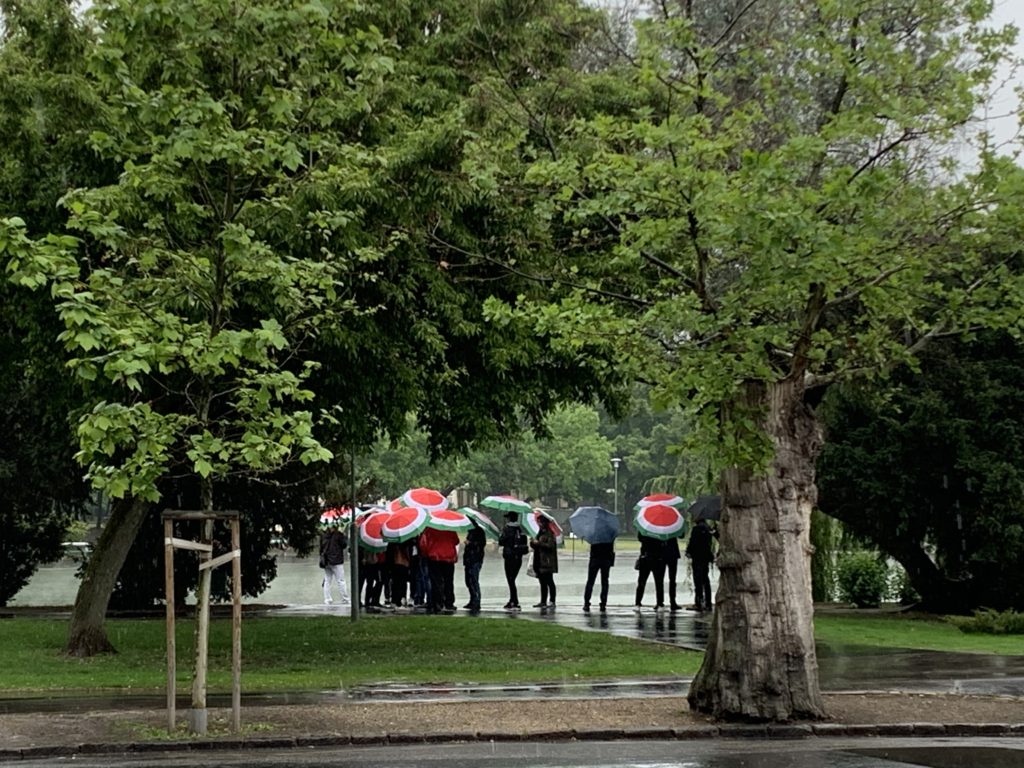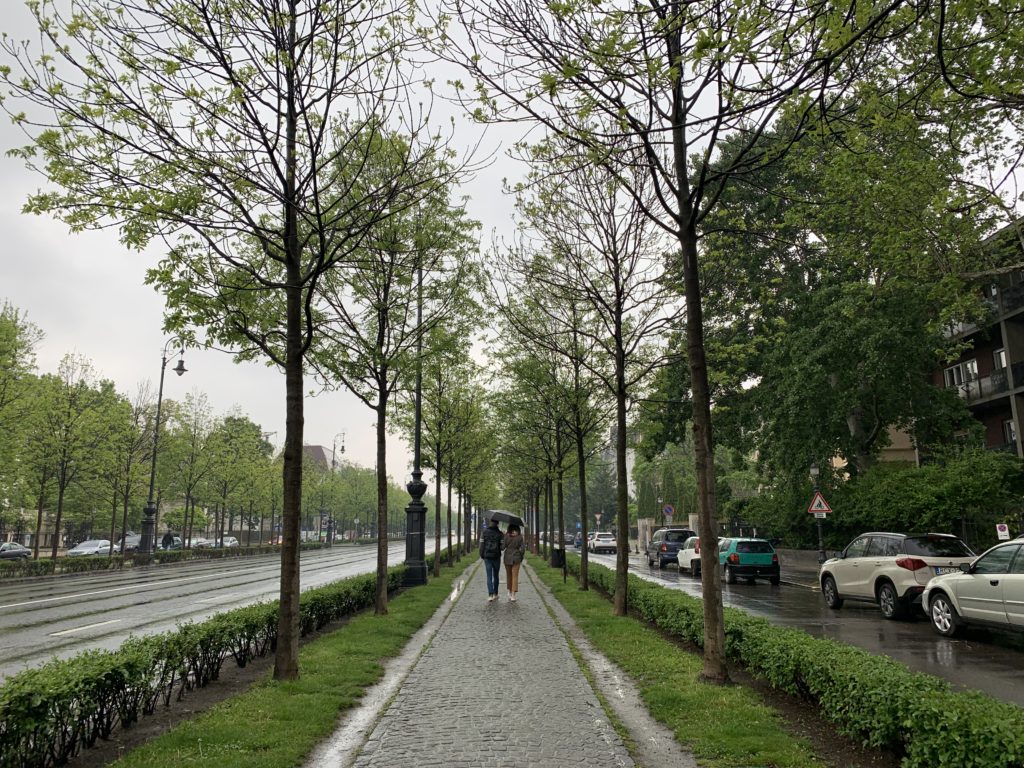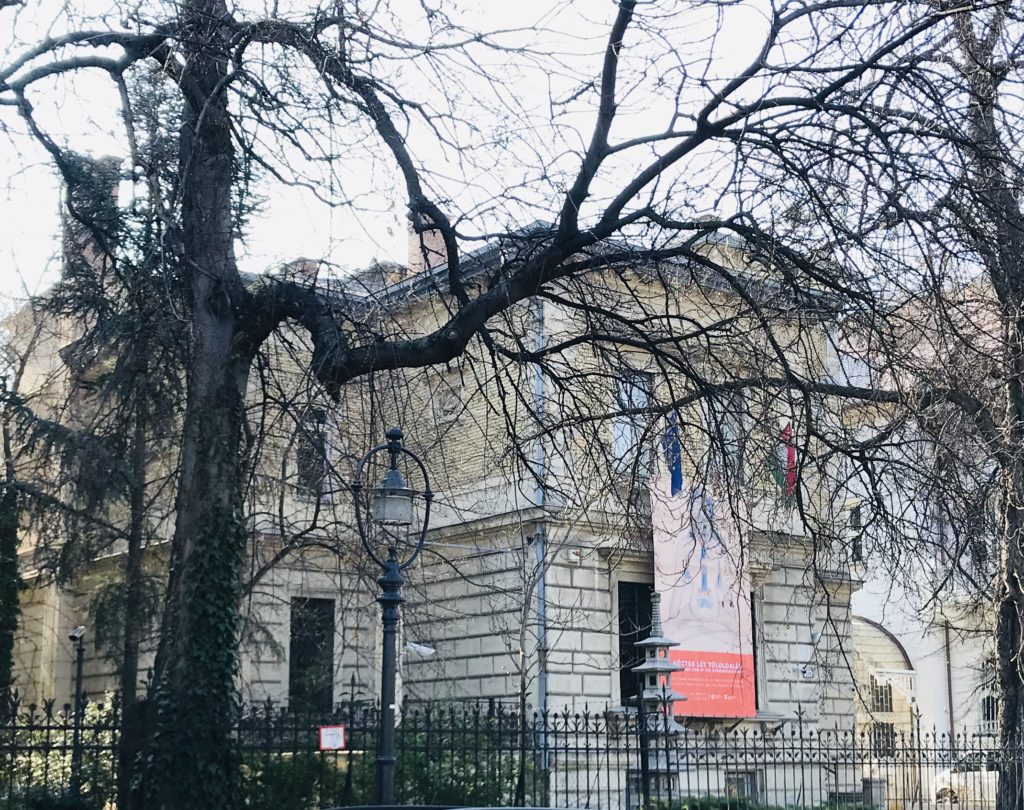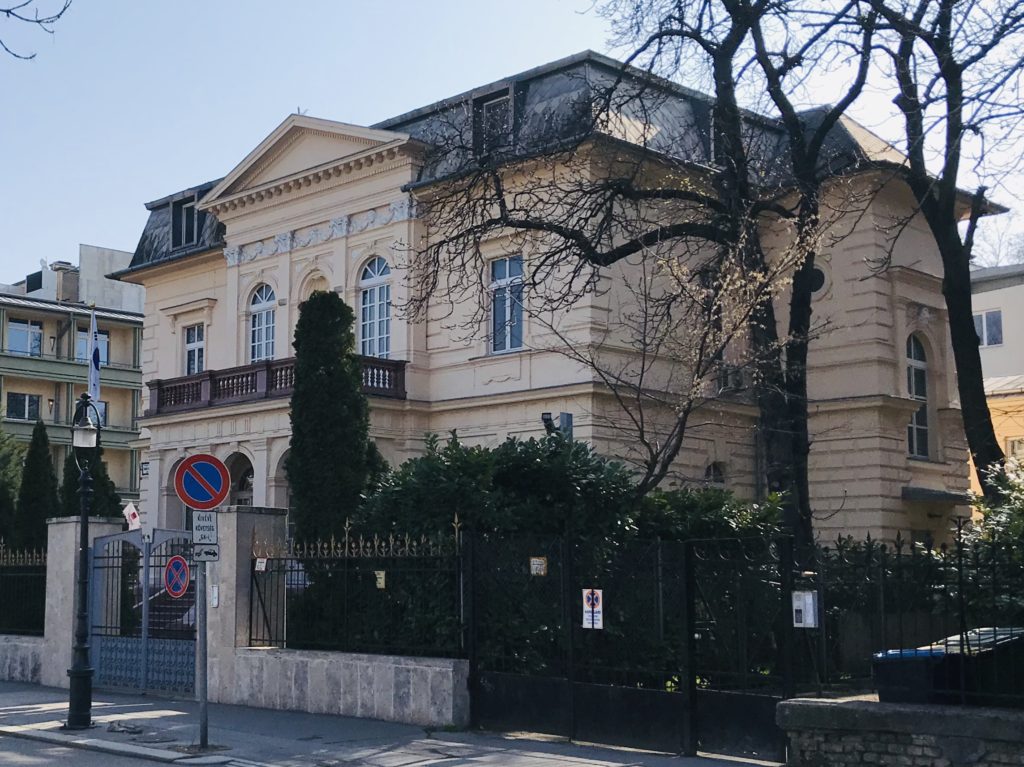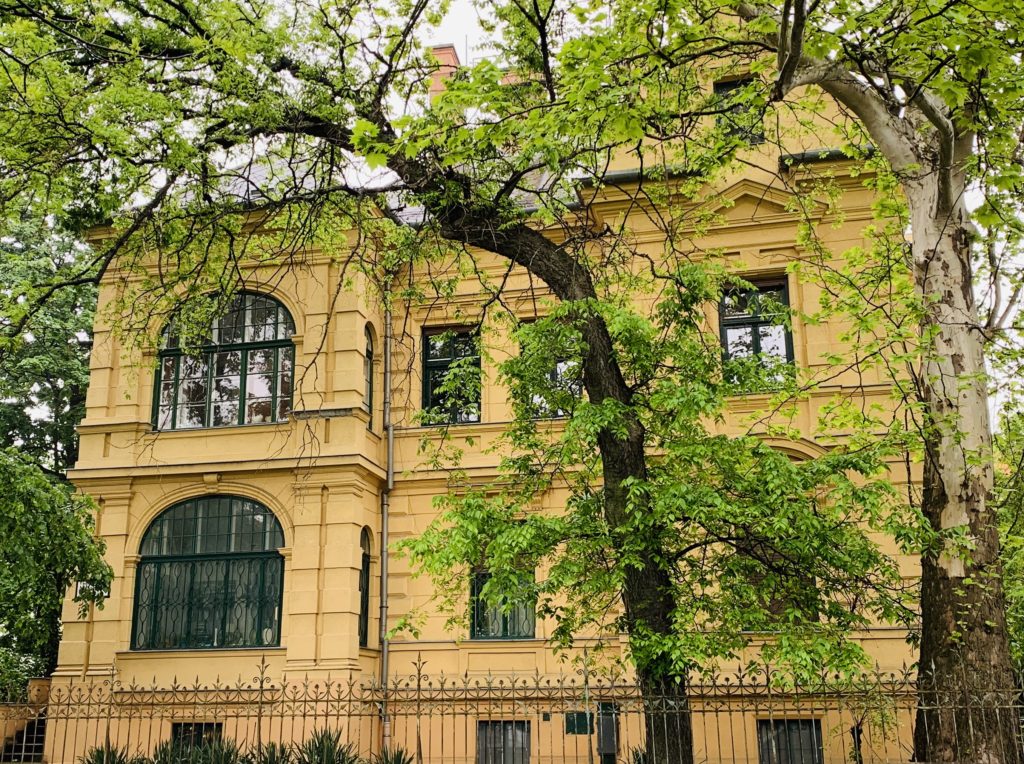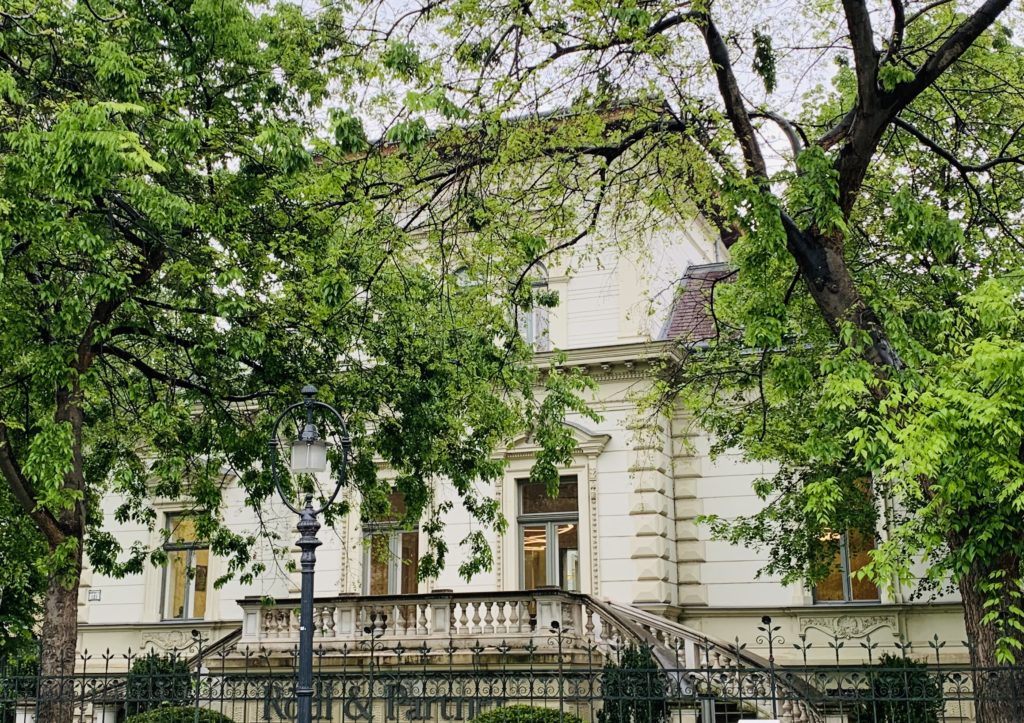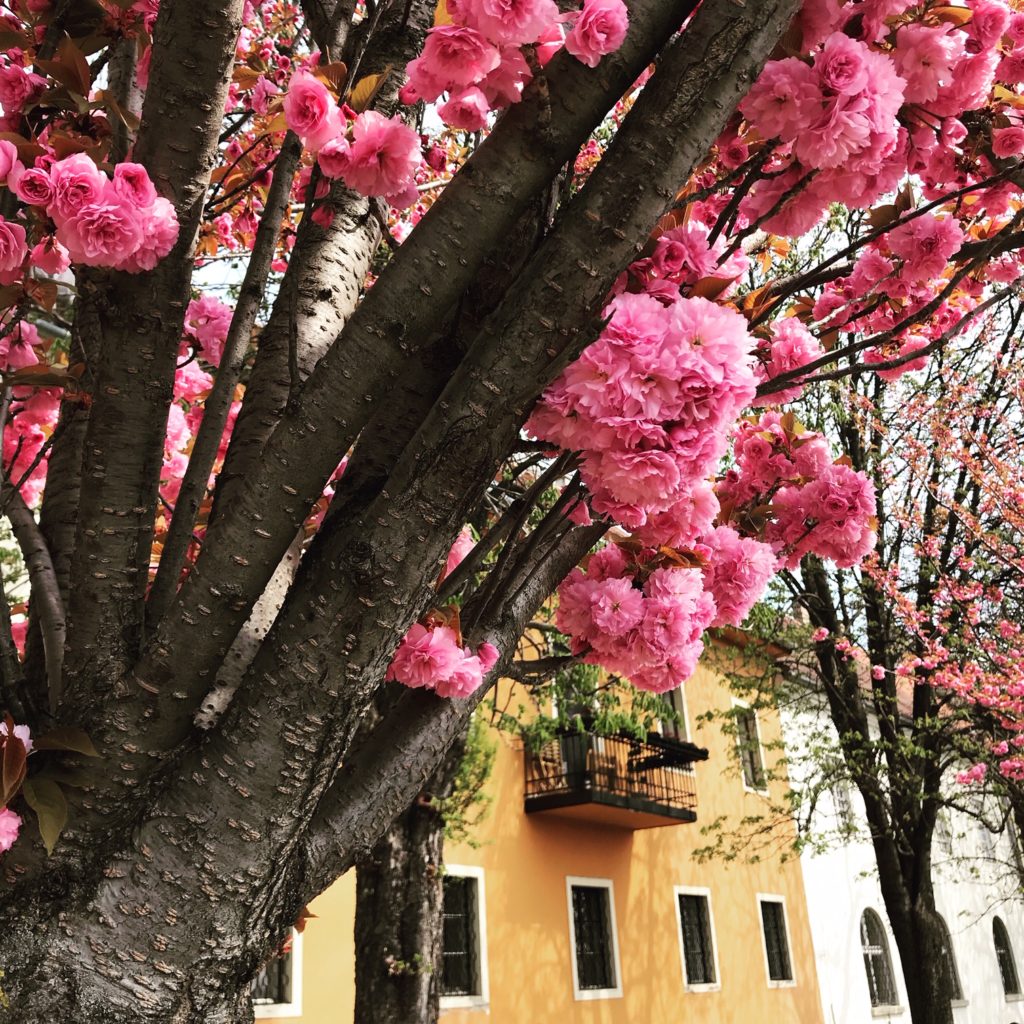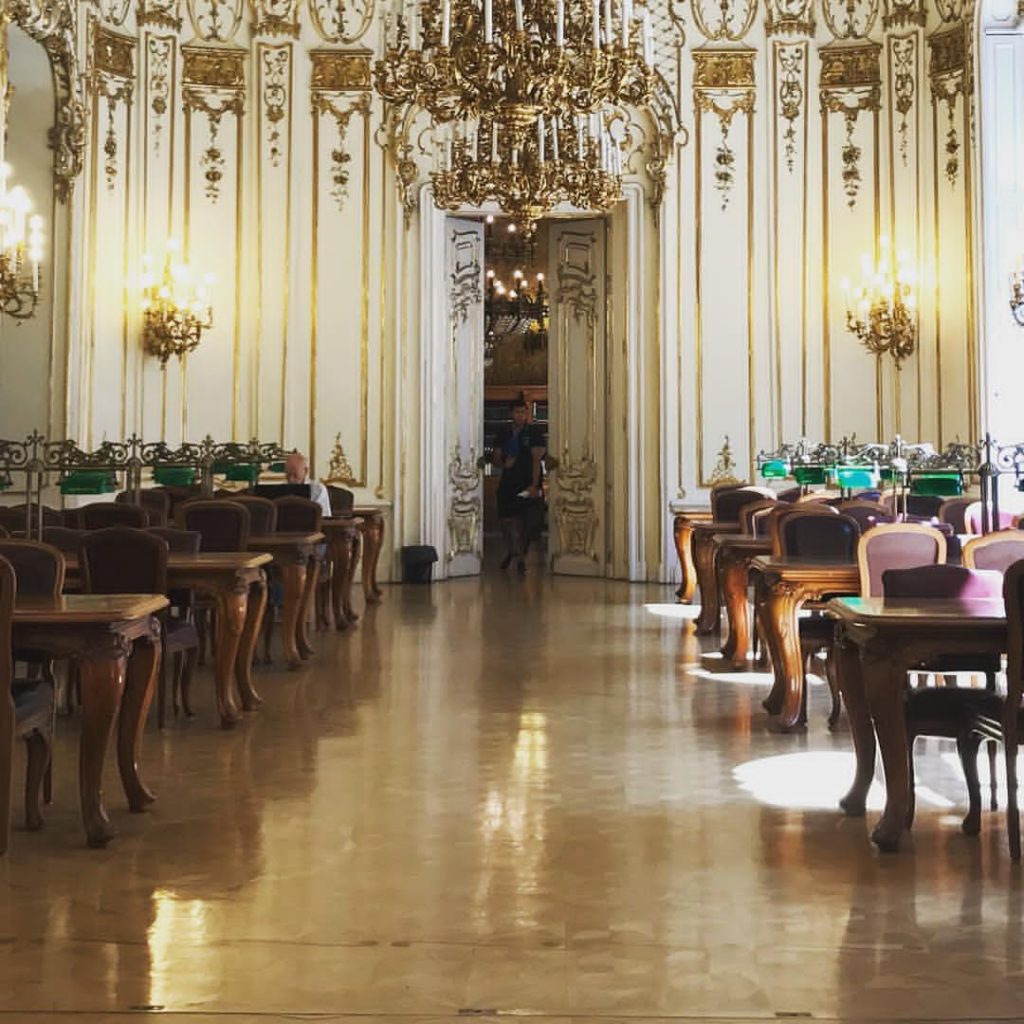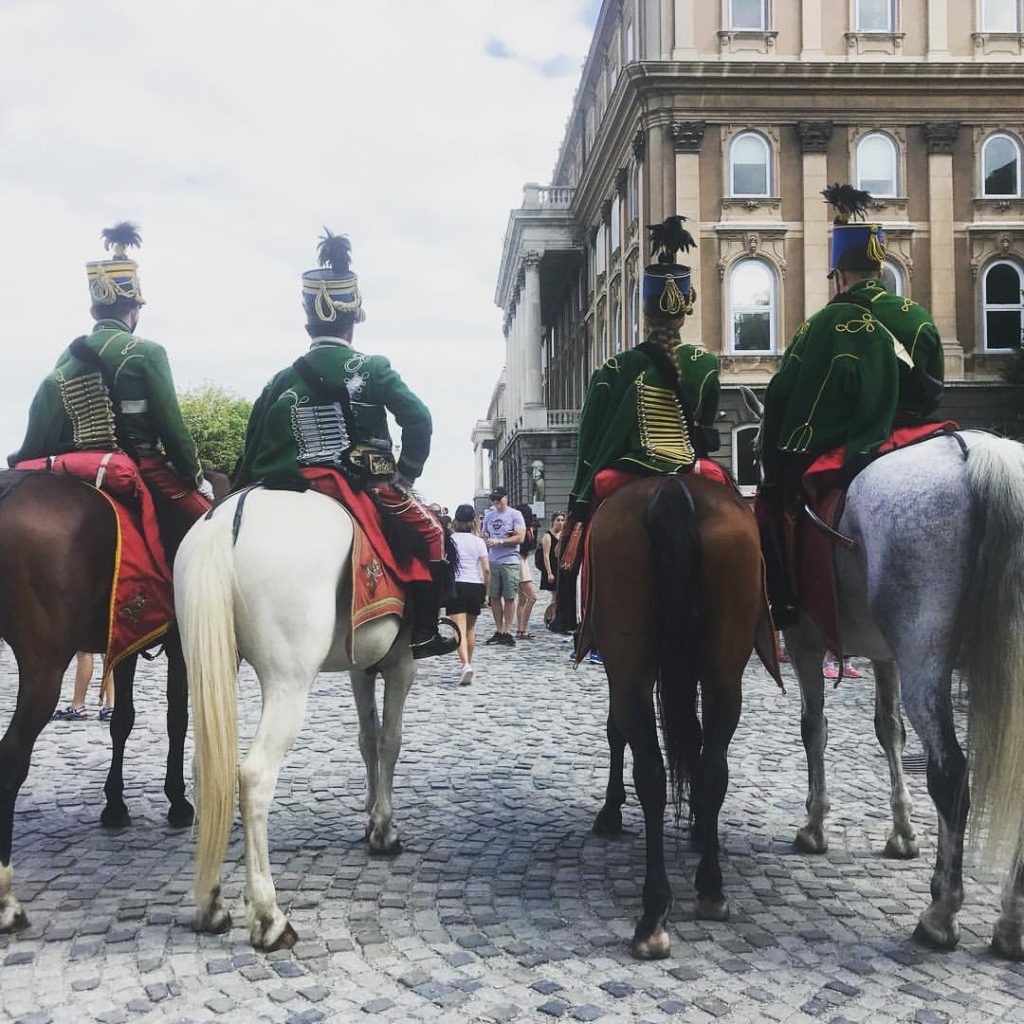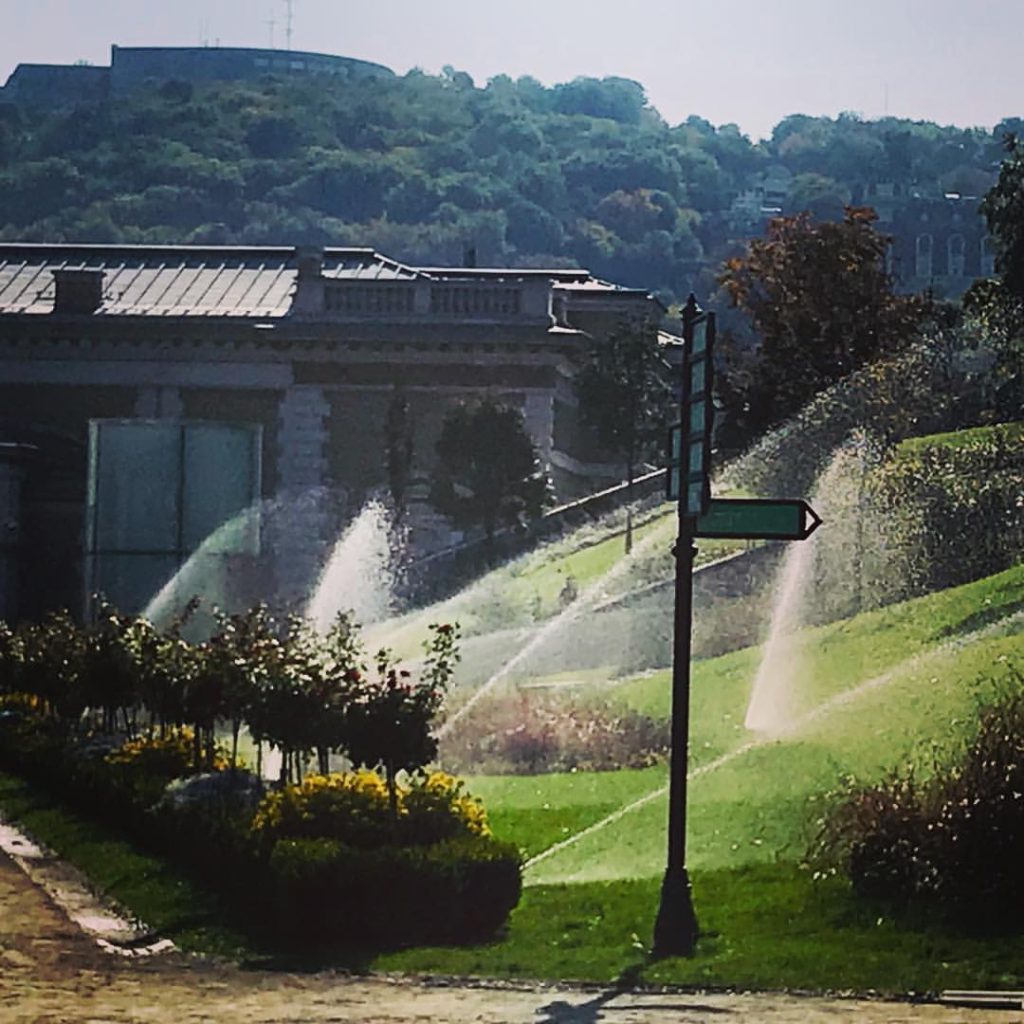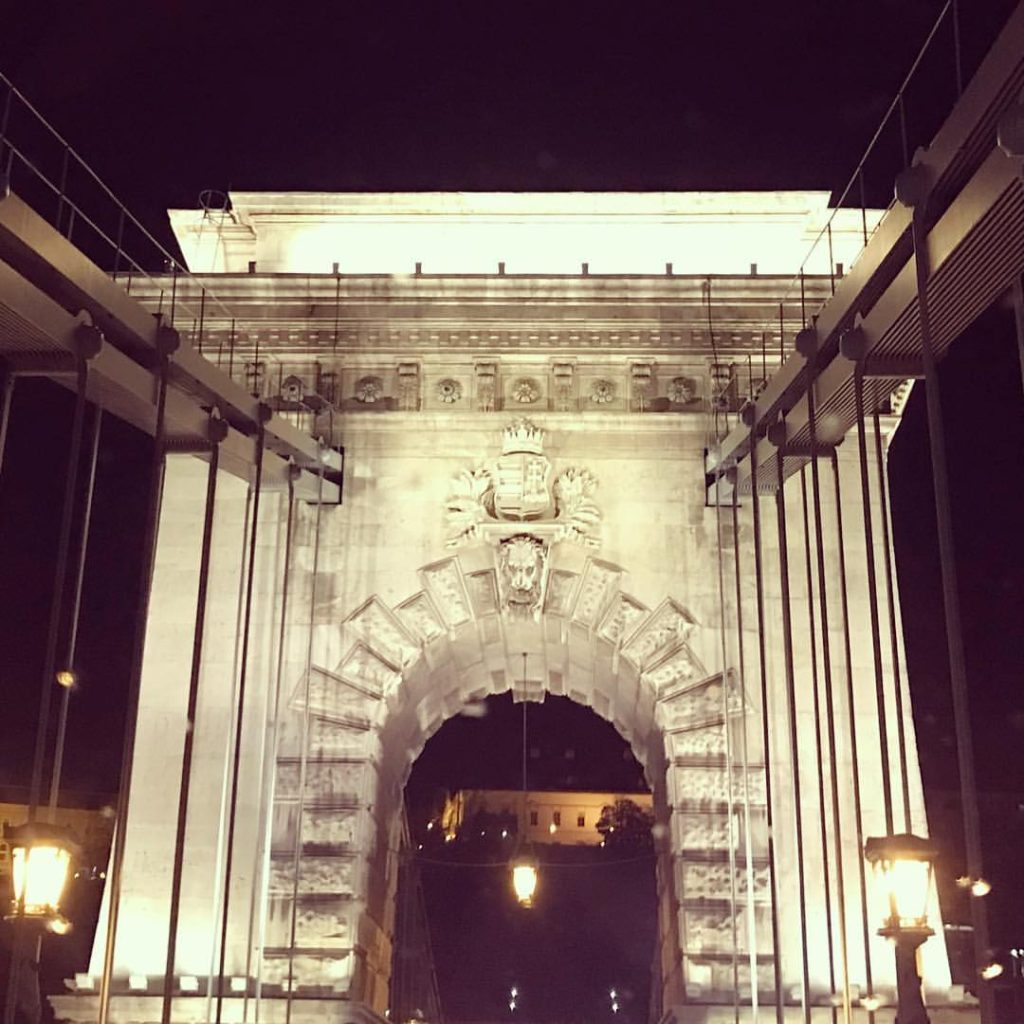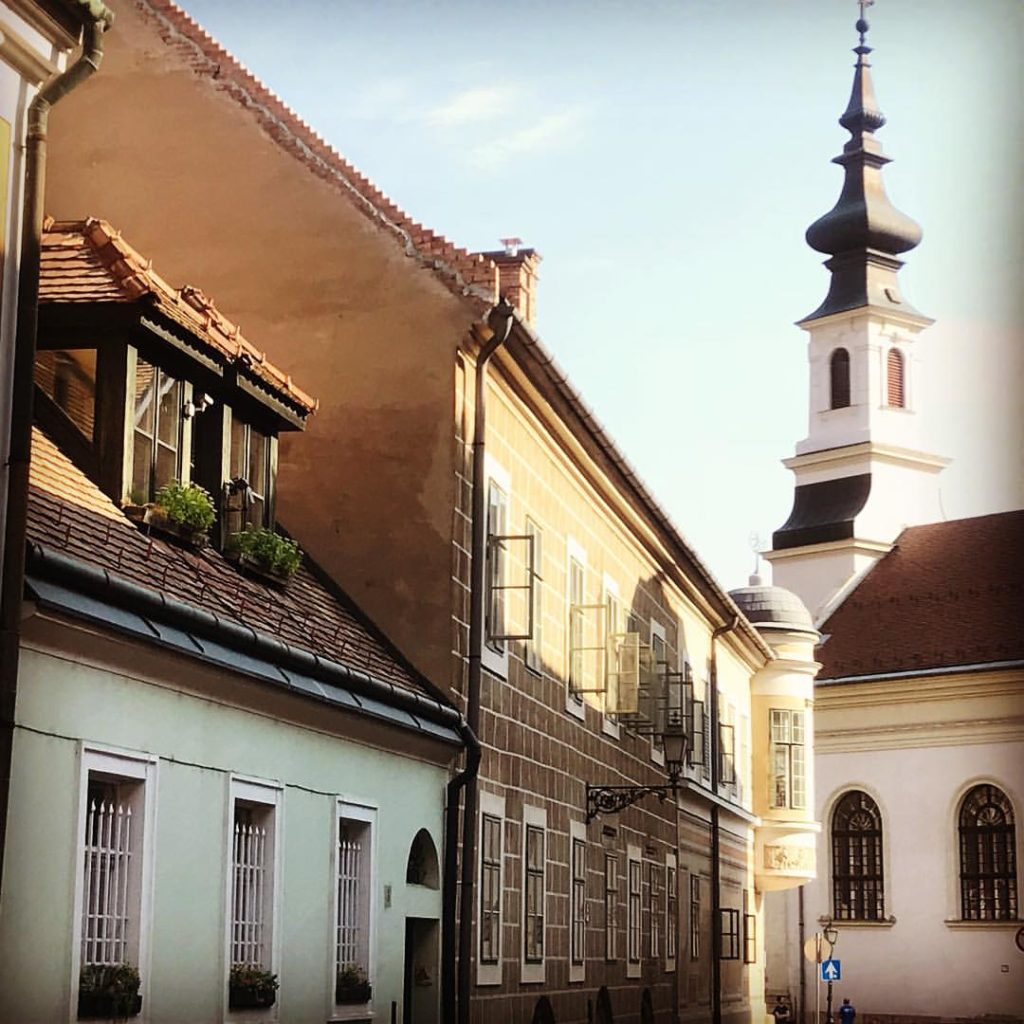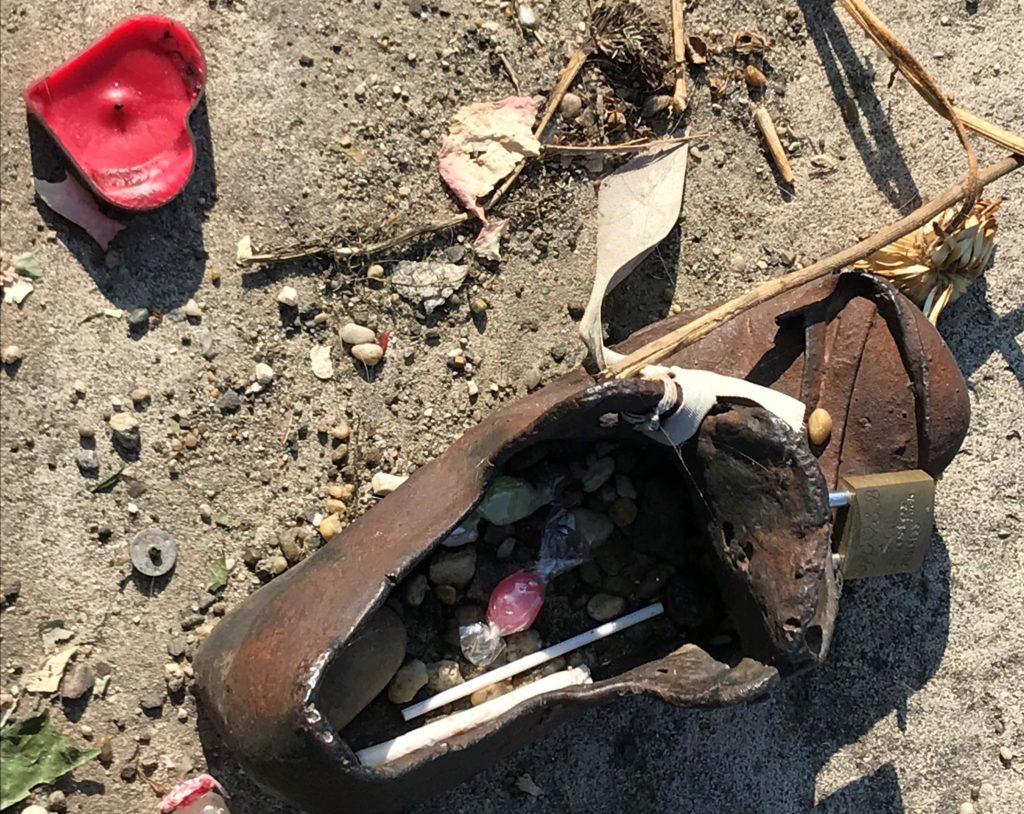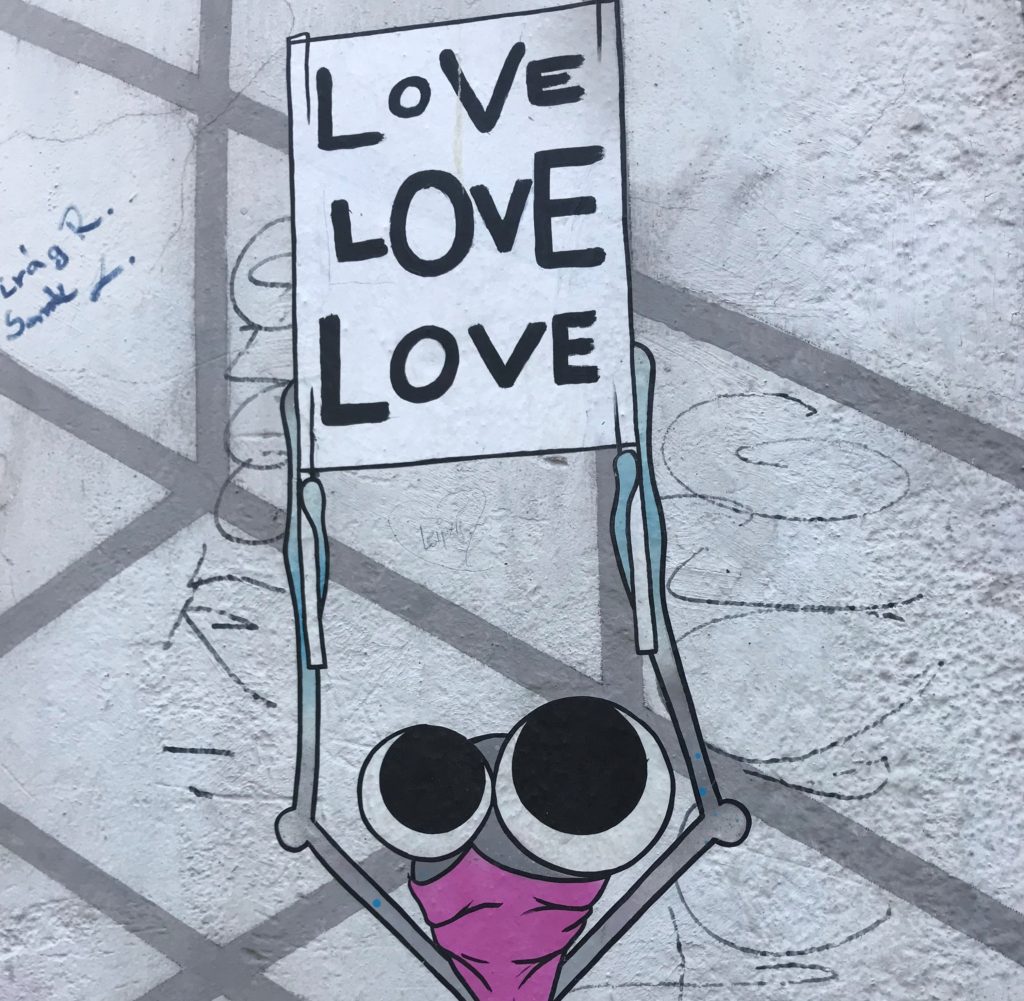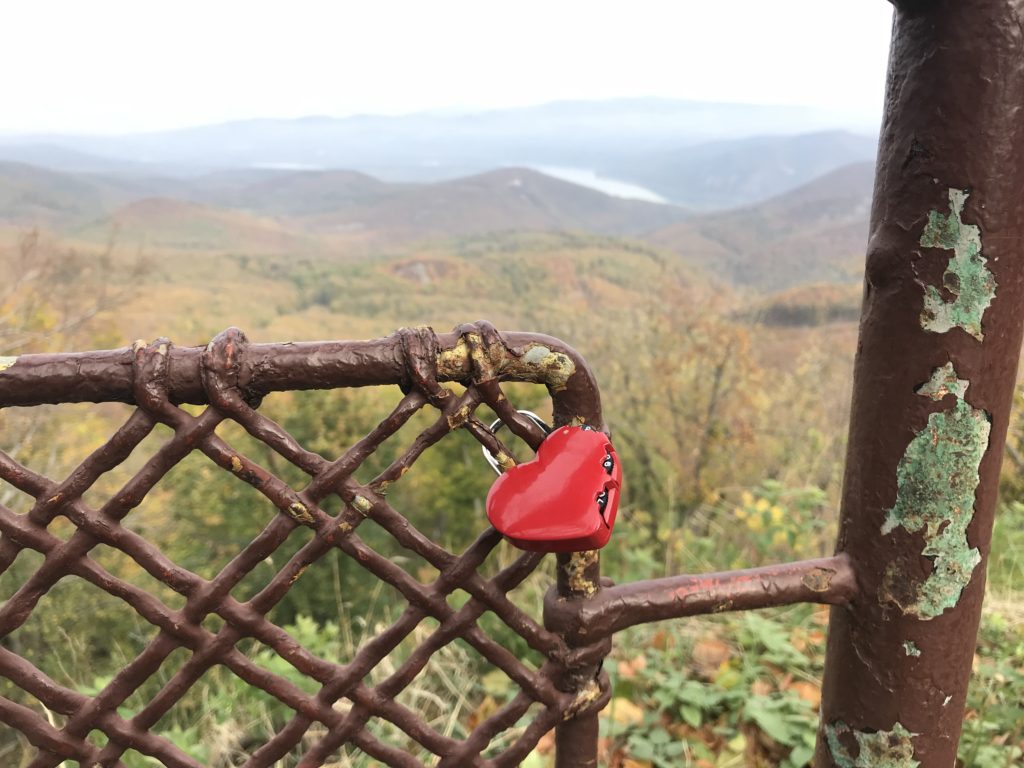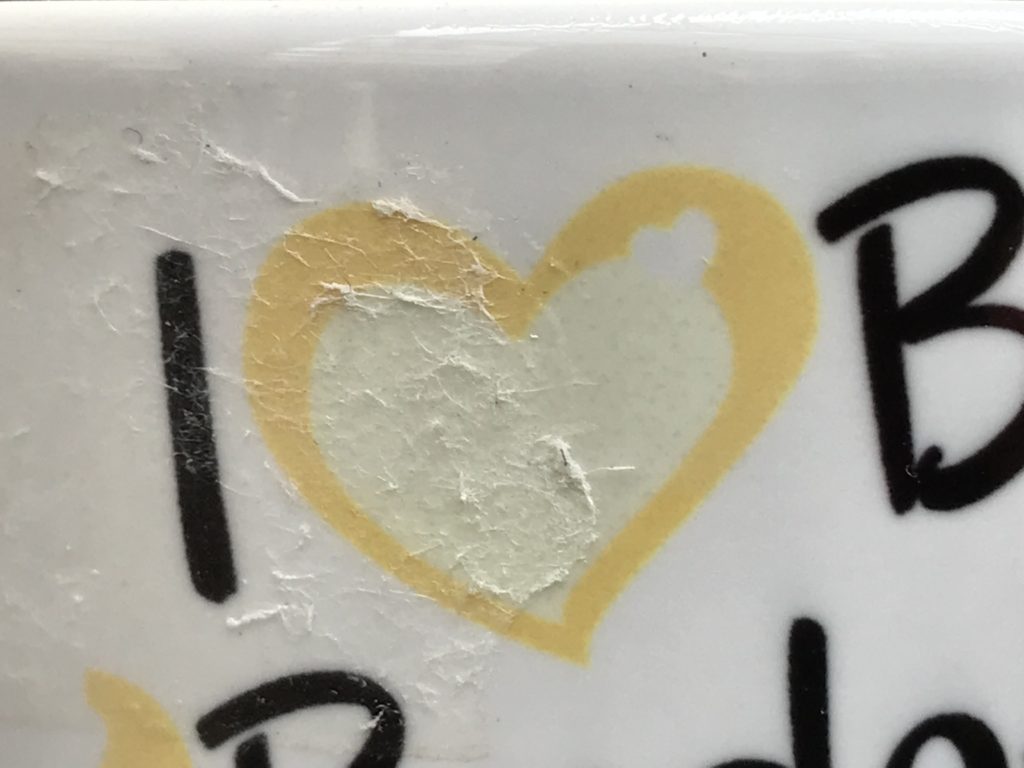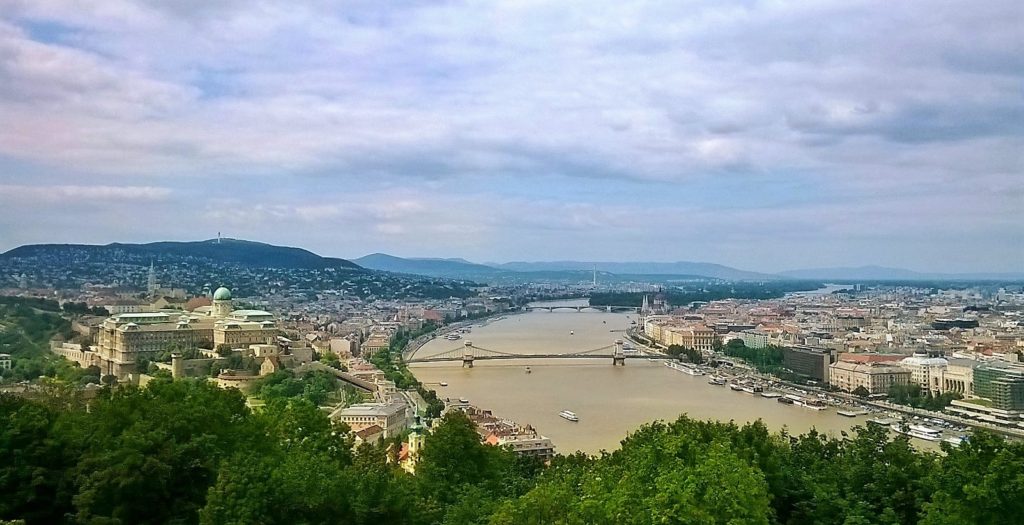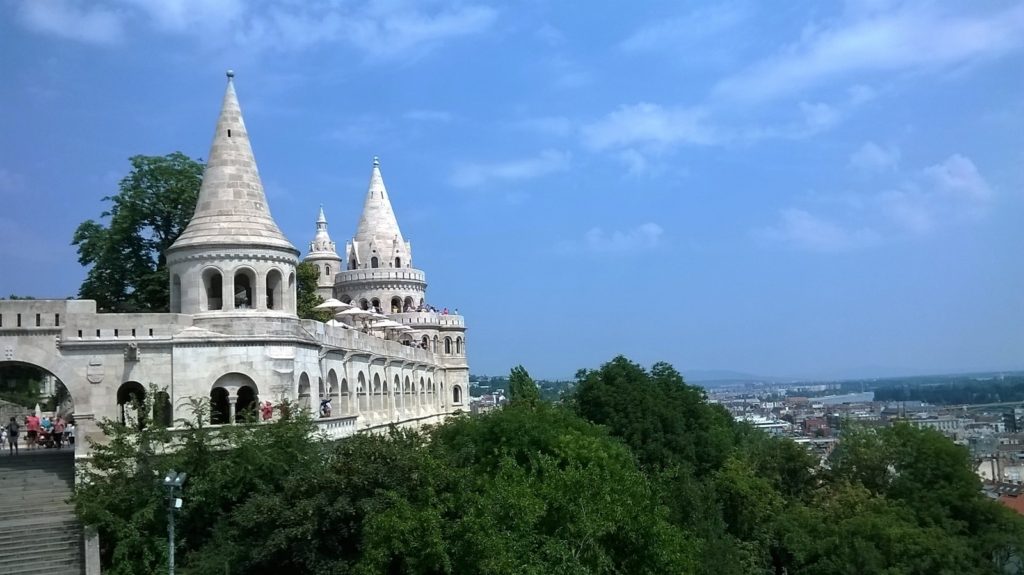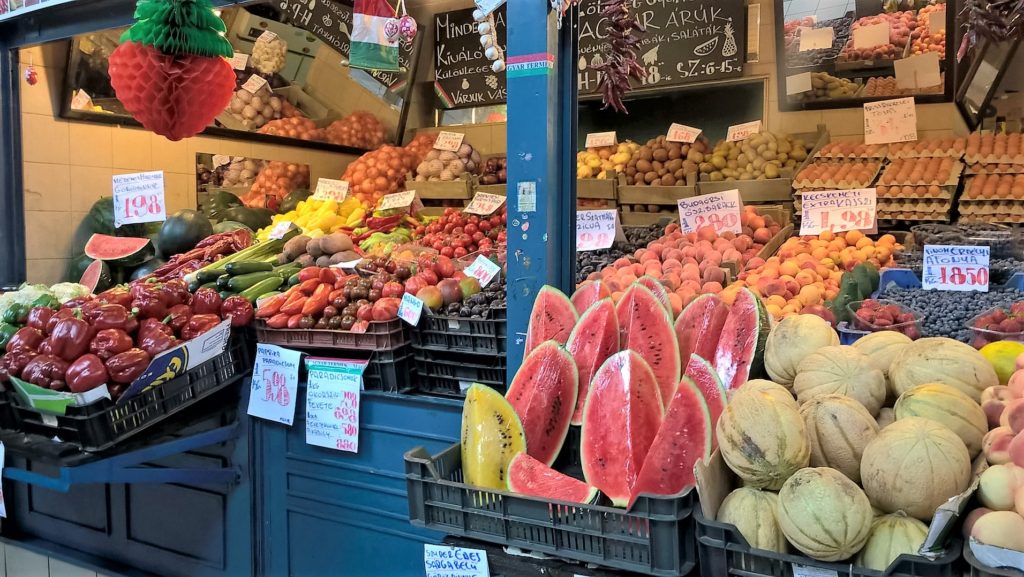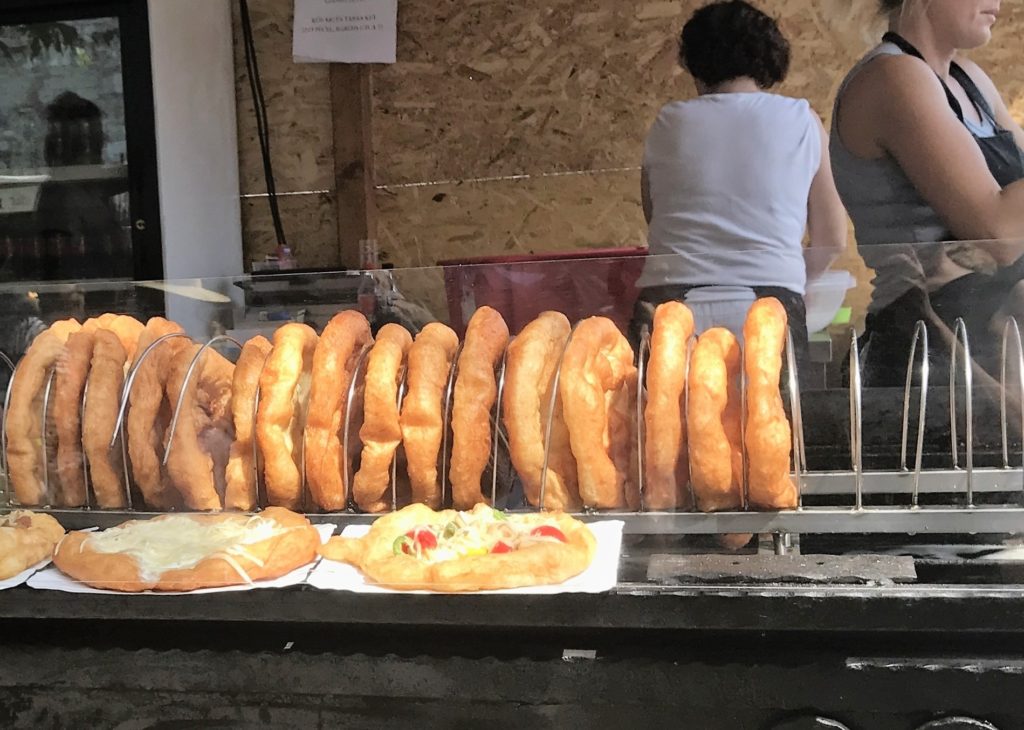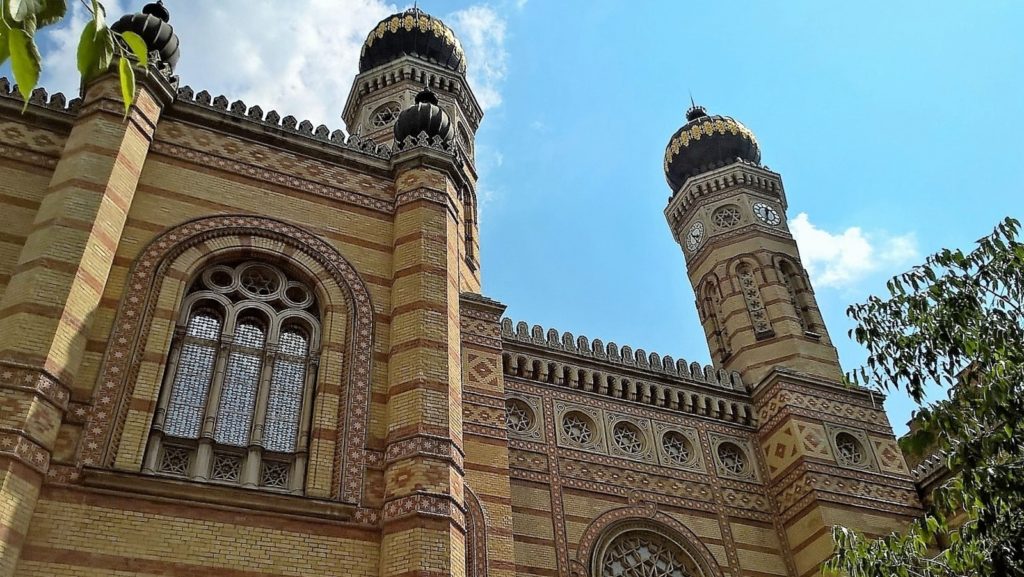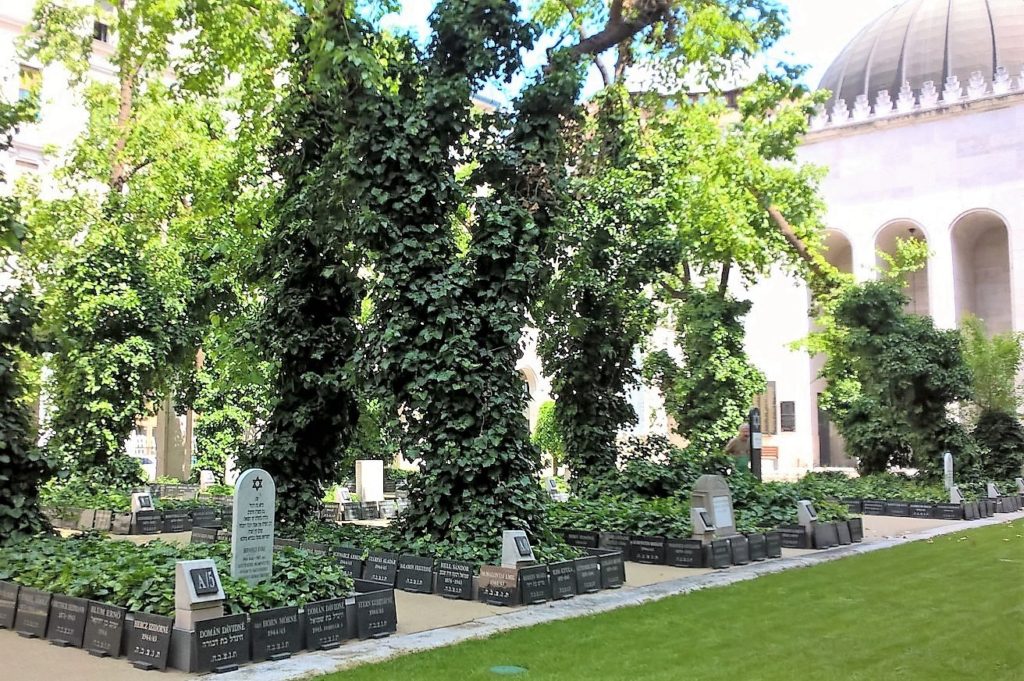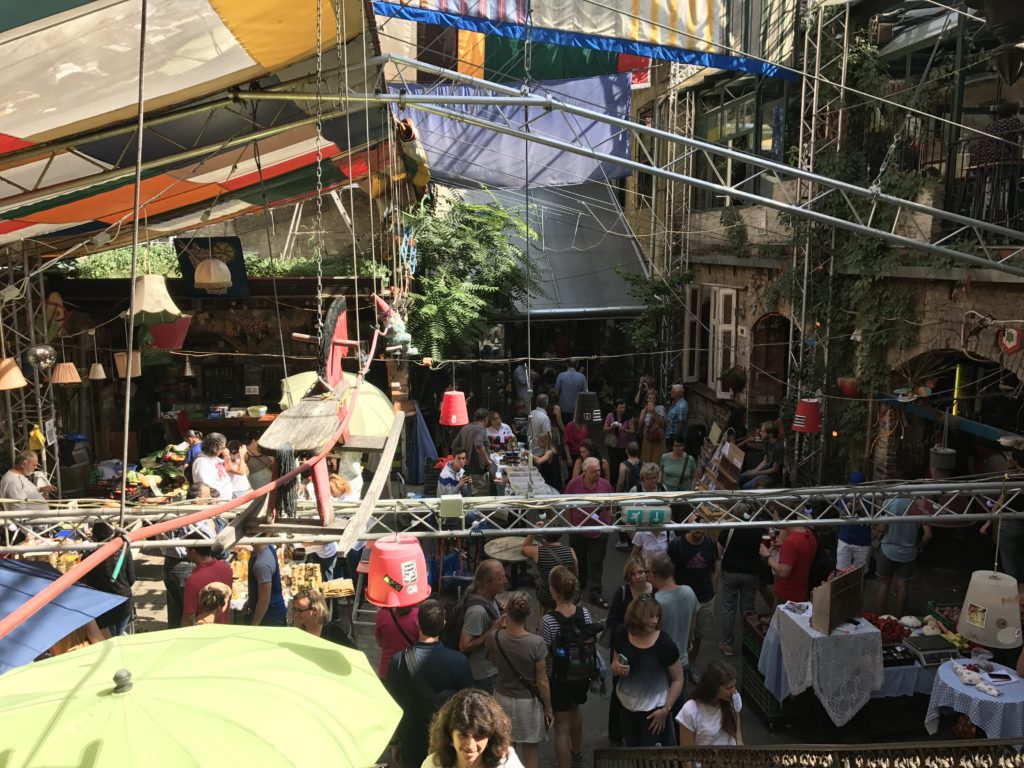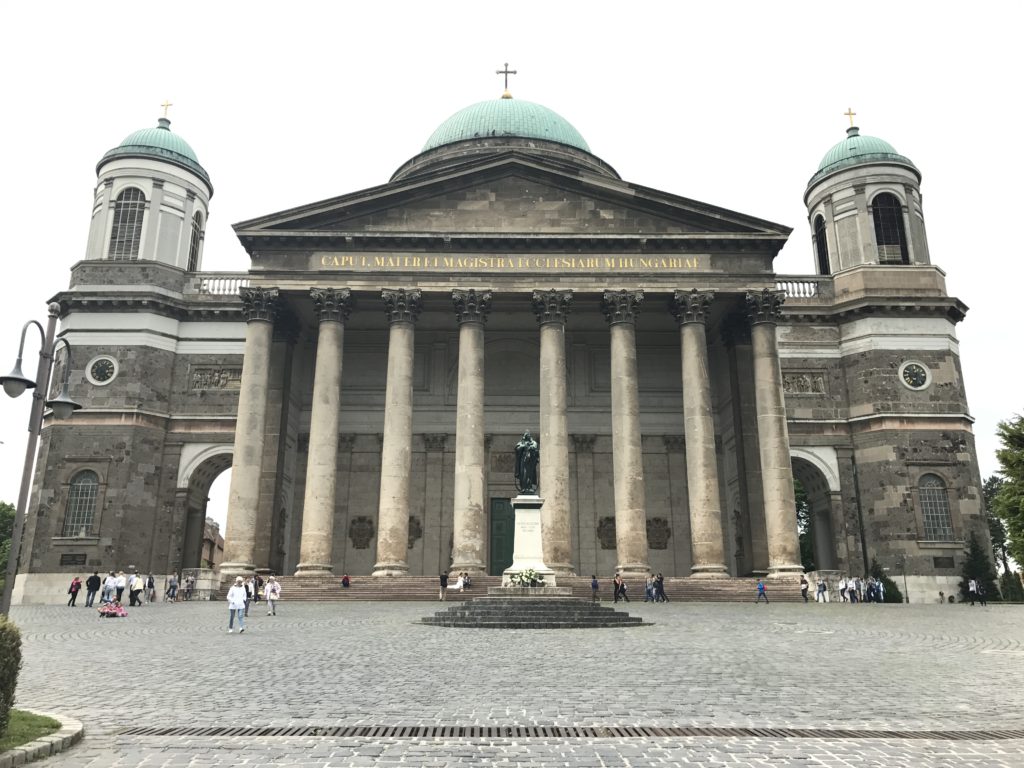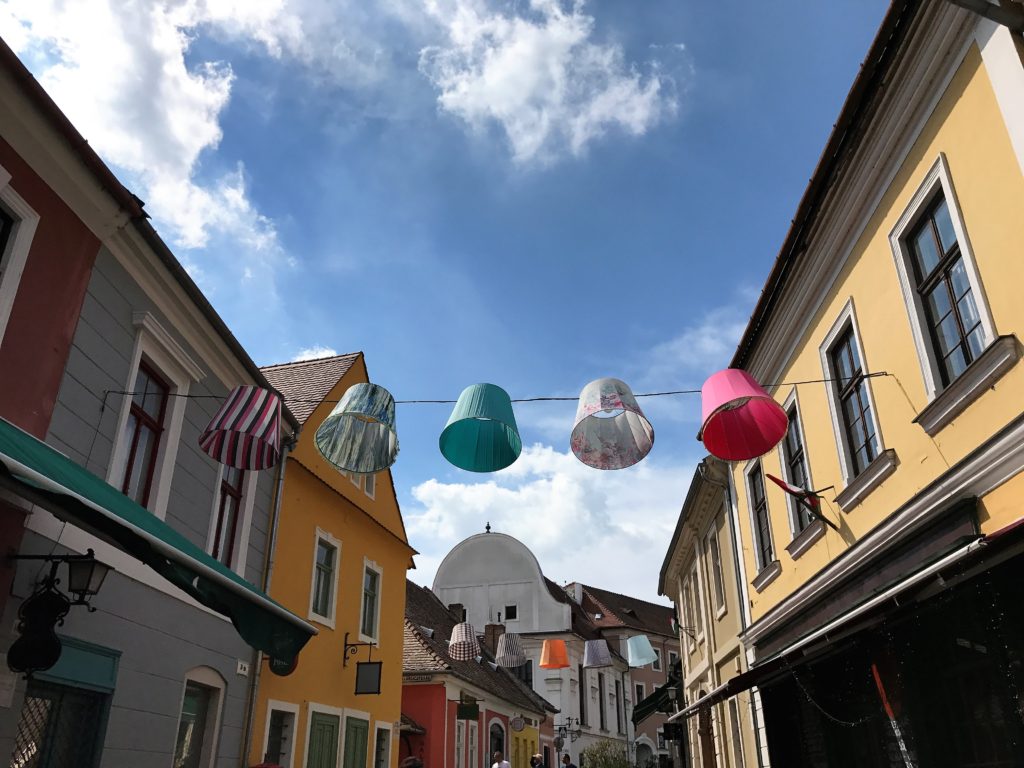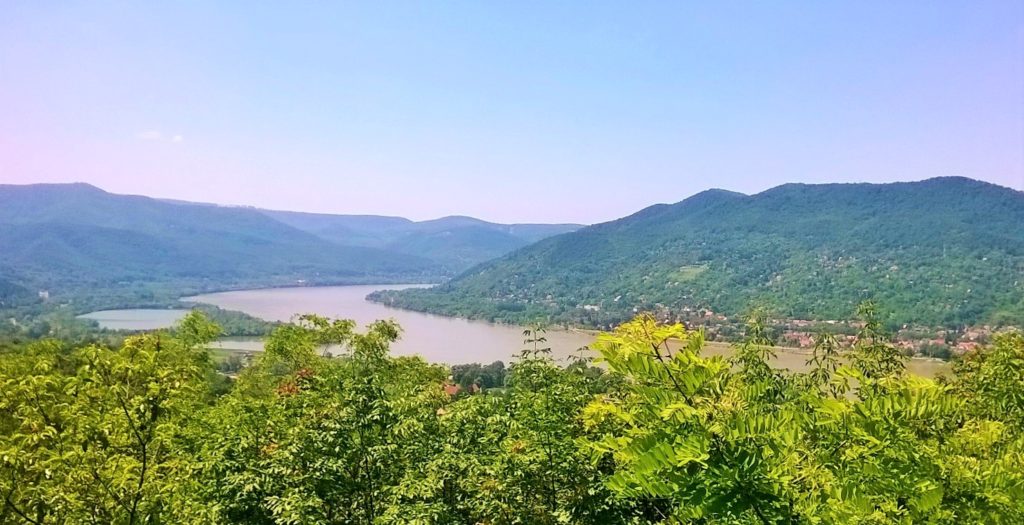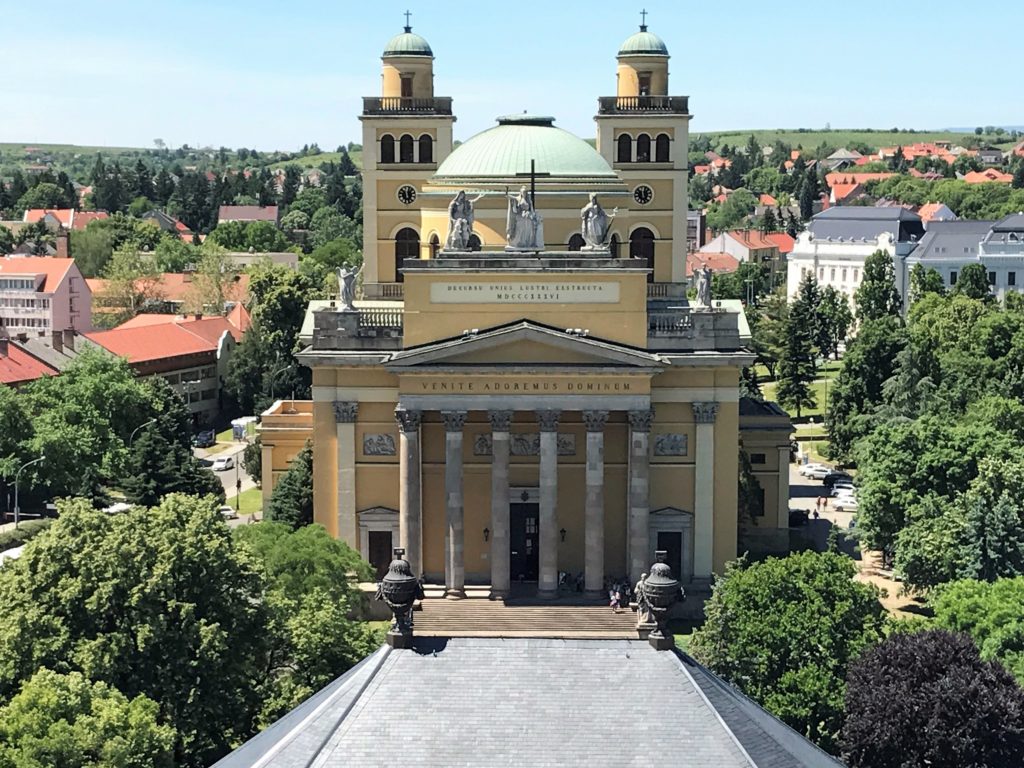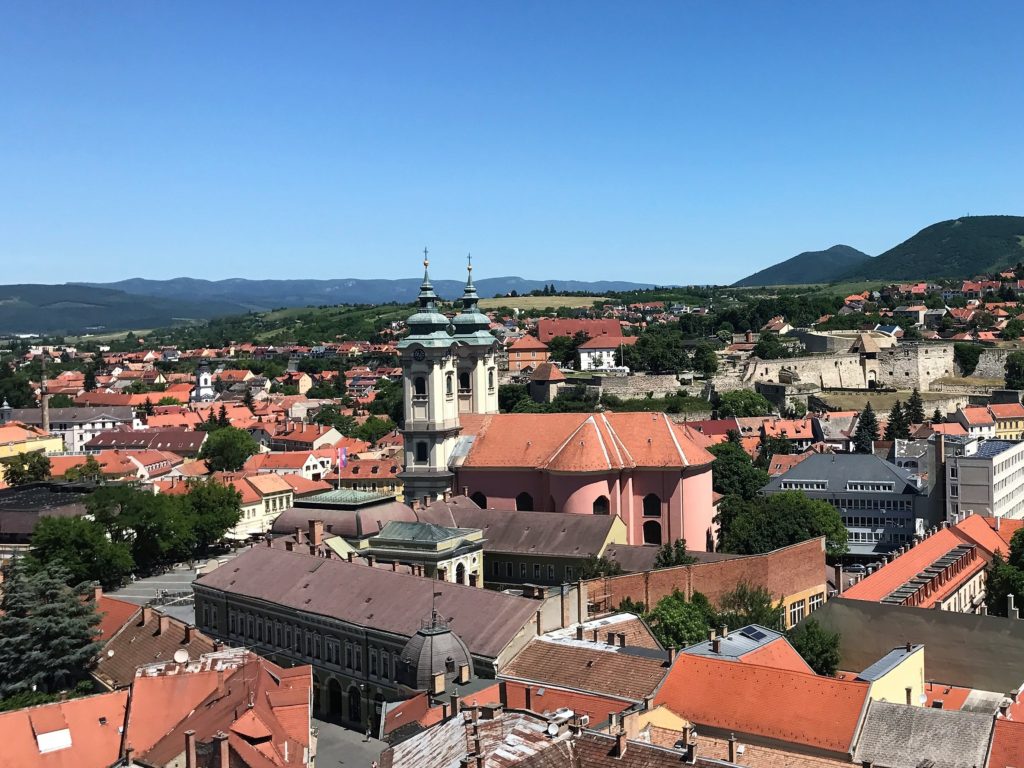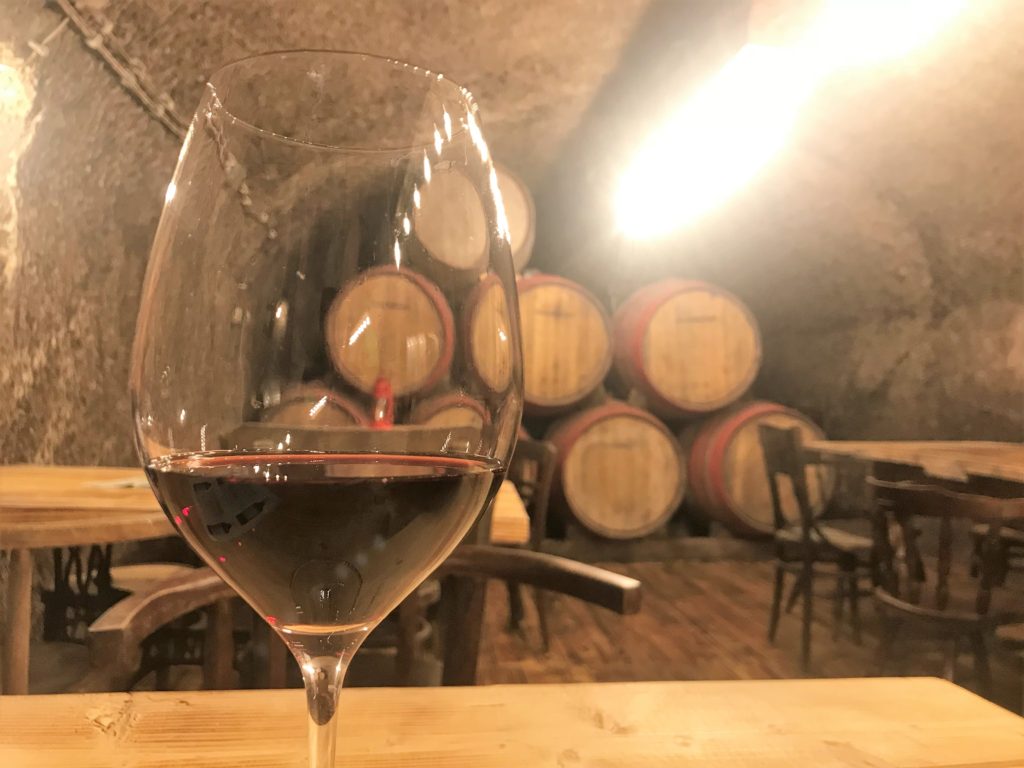That’s a Hungarian saying, that’s probably how Hungarians try to find some comfort when they can’t see the sun for weeks. Budapest really is beautiful all year around but it shows most of its splendor in the sun.
Originally they were all built as single family homes, most of them were designed by the same architect so that the avenue has a harmonious look. They symbolize old wealth and old aristocracy. I’m happy to show you around our beautiful Andrassy avenue and tell you the stories of these beautiful buildings.
My favorite part of the year Budapest is getting more colorful and beautiful ever day. This is cherry blossom in the Buda Castle District. Come and see for yourself!
I keep revising and changing this list as I often try new places. I’m a big foodie and I’m happy to take you to a Budapest Foodie tour so that you can taste the best local treats.
These are my personal favorite restaurants in April 2019:
- Stand Restaurant (with 1 Michelin Star they got in 2019)
- Wine Kitchen (with 1 Michelin Star)
- Rézkakas Bistro
- Mazel Tov
- Aszu Restaurant
- Kazimir Bistro
- Spinoza
- Café Kör
- Kőleves
- Budapest Bistro
Working as a tour guide I often get the question whether I find my job boring, doing the same thing every day. Well, no. First of all, I spend all my time in Budapest, my favorite city, the place I lived all my life and I’m the most proud of. And of course I meet so many different people, you, my travellers make sure that every tour, every moment is unique and special.
Have a look at some of my favorite Instagram pictures from last year to see how many different shapes of Budapest I’m fortunate to see every single day.
There’s something I’ve noticed recently: wherever I go in Budapest, there is love. Come and join me for a tour if you want to see it for yourself!
I’m starting a new series to introduce you the most famous statues of Budapest and some of the hidden gems, too. These are the beautiful monuments of Budapest we usually see on our walking or driving tours in Buda and Pest.
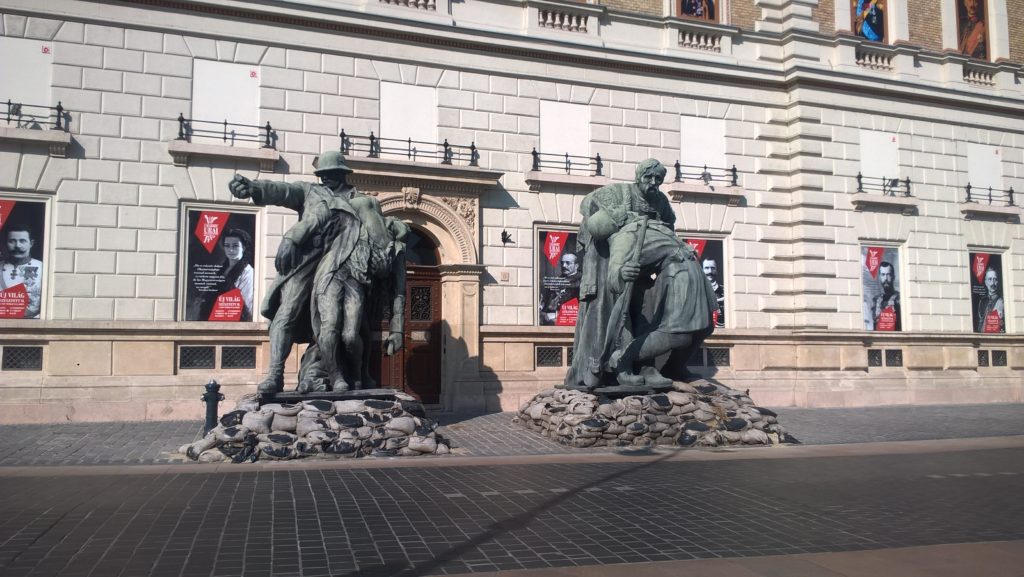
The statues and the WW1 exhibit are near the Royal Garden Bazaar at the Danube River. I very often say that we know so much about WW2 but very little about WW1, this exhibit shows everything you need to know about the Great War which also defined the rest of the 20th century.
With over 250 tours I delivered last year I can’t tell how fortunate I am to show my travellers around the city and the country I love the most. This is my home, my birthplace and I’m looking forward to introducing it to even more people in 2019!
I’ve just had a look at which my most popular tours were last year:
- “THE GRAND BUDAPEST” WALK: a great introduction of Budapest to first time visitors or travellers who only have one day to see the main highlights and some of the hidden gems.
- BUDAPEST FOODIE TOUR: as I also work for a Hungarian food magazin, I’m really happy to take you to local markets and little artisan food shops and to make sure you taste all the great Hungarian treats.
- JEWISH QUARTER WALK: including the visit of the world’s second largest synagogue and a walk in the ghetto which is today the Soho of Budapest with great cultural and creative vibes.
- DANUBE BEND TOUR BY CAR: it’s a relatively short drive from Budapest and in only one day I can show you three very different little Hungarian villages and the stunning view over the bend of the Danube river.
- EGER AND WINE TOUR BY CAR: we love our wines and we love our wine countries, Eger, the postcard-like Baroque little town is famous for the Bull’s Blood, the great Hungarian red wine.
Wishing you all a very Merry Christmas, Happy Holidays from beautiful Budapest!
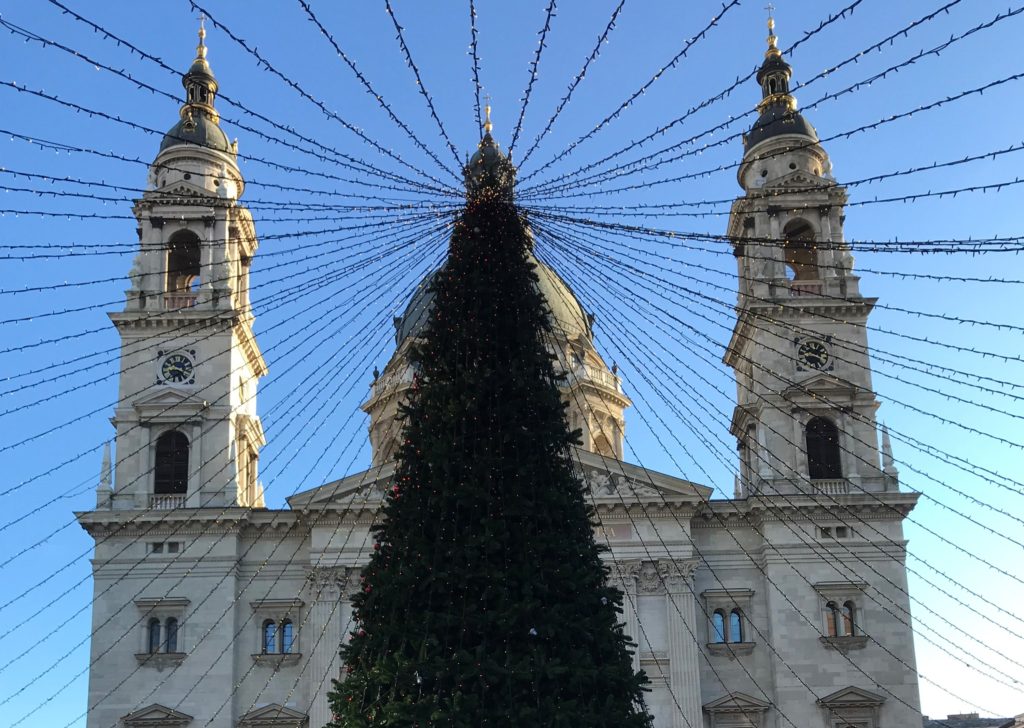
Take a look at how Budapest looks like now, all white and snowy. It’s such a special period of the year, as unfortunately we’re getting less and less snow every year. Come and see for yourself!
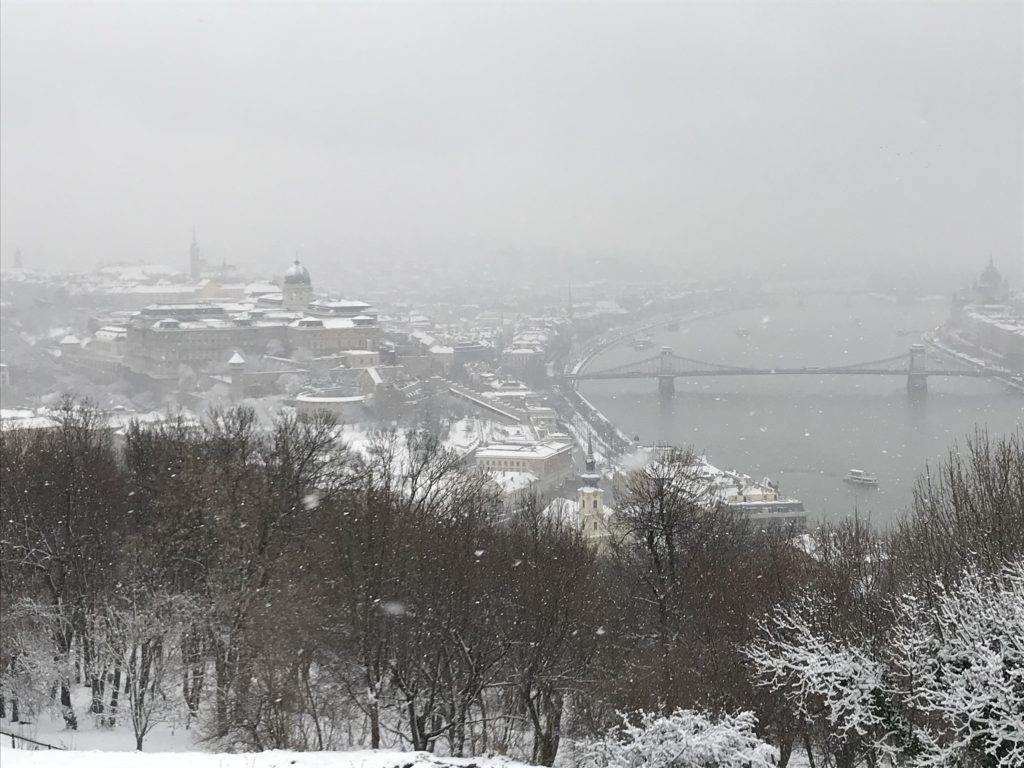
A view over Budapest covered by snow. 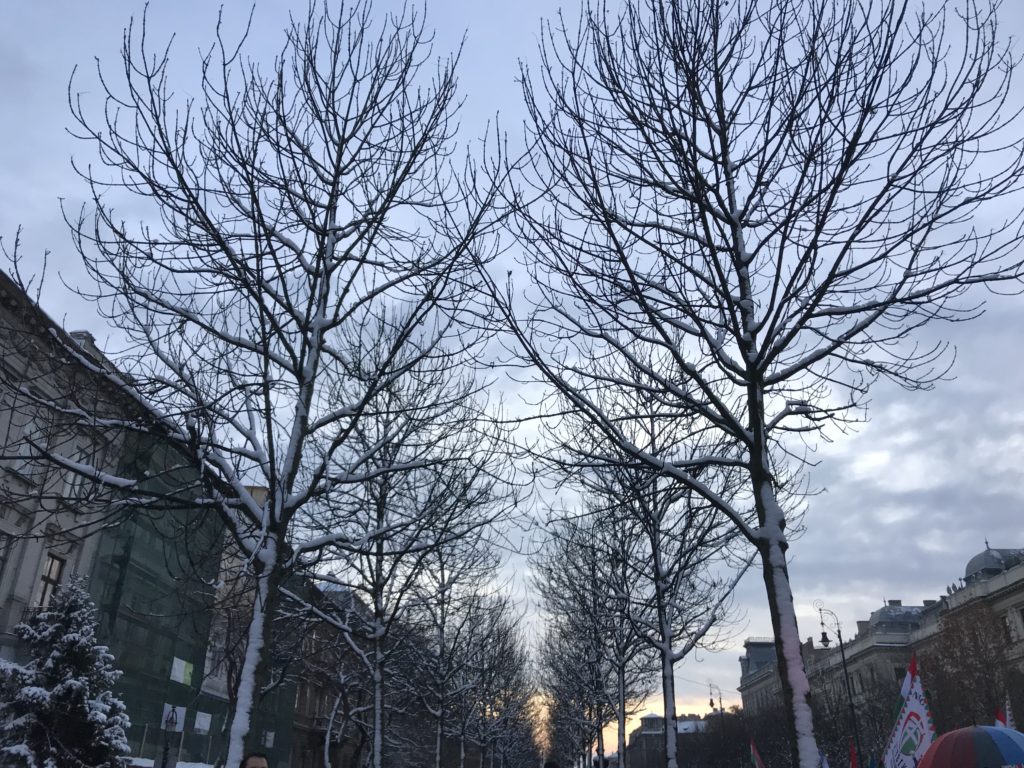
Snowy trees on Andrassy avenue 
A cute little snowman overlooking Parliament

